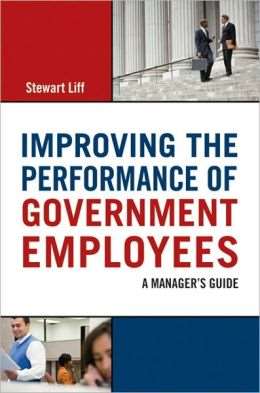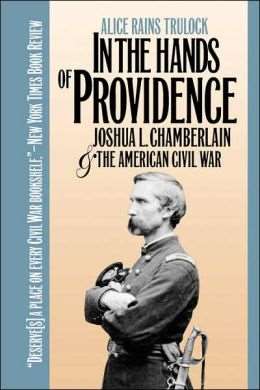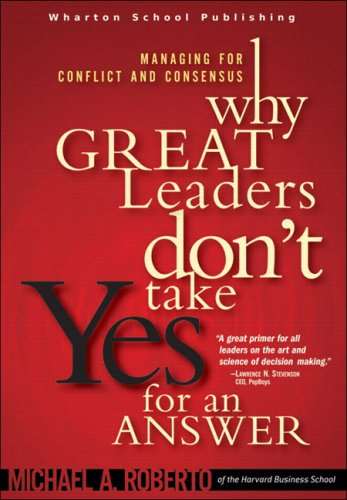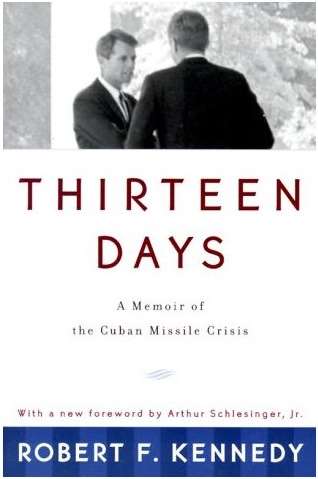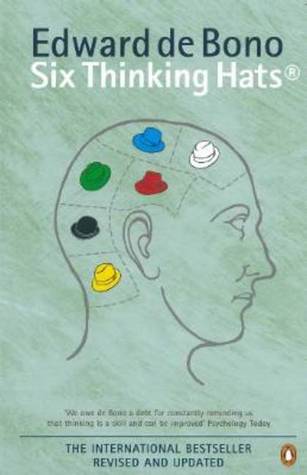How to Make Decisions as a Leader
Leaders are responsible for making decisions: Learning how to make the best possible decisions--and to do so in a way that generates buy-in from the team--is a critical part of learning to lead.
Articles
- The Leadership Challenge, by Michael Roberto
Chapter 1 of the book, Why Great Leaders Don't Take Yes for an Answer.
Podcasts
-
A Battlefield Lesson on the Value of Decisiveness
From Paul Smith's Lead with a Story series of podcasts.
Books
Why Great Leaders Don't Take YES for an Answer
Michael Roberto argues that one of the most important things a leader can do when he/she needs to make an important decision is to decide how to decide. The process chosen by the leader can have a huge impact on both the quality of the decision and the organization's buy-in when implementing it. Also discusses how to encourage constructive conflict (to elicit a range of options) while simultaneously cultivating consensus. Includes several public sector case studies, such as the Bay of Pigs and the Columbia disaster. Chapter one is available on GovLeaders.org. Read More...Thinking in Time: The Uses of History for Decision Makers
First published in 1986, this classic work by Neustadt and May, should be required reading for every government executive who may have to make policy decisions during a crisis--and every staffer who plays a supporting role in the decision process. Drawing on numerous case studies from 20th Century American history (e.g. the Cuban Missile Crisis, the Bay of Pigs and the escalation of the Vietnam War), the authors provide a clear and potentially quick methodology for assessing policy decisions in the context of history. The case studies are compelling and the methodology is widely applicable. Read More...Thirteen Days: A Memoir of the Cuban Missile Crisis
RFK's first-hand account of the Cuban Missile Crisis provides important insights into the process President Kennedy used to make decisions that would keep options open and avoid pushing the Soviets into a corner that would lead to nuclear war. RFK's narrative tracks closely with the Kevin Costner movie Thirteen Days, but includes more detail about JFK's thinking. Also includes an interesting analysis of the crisis by scholar Richard Neustadt and Graham Allison. Read More...





